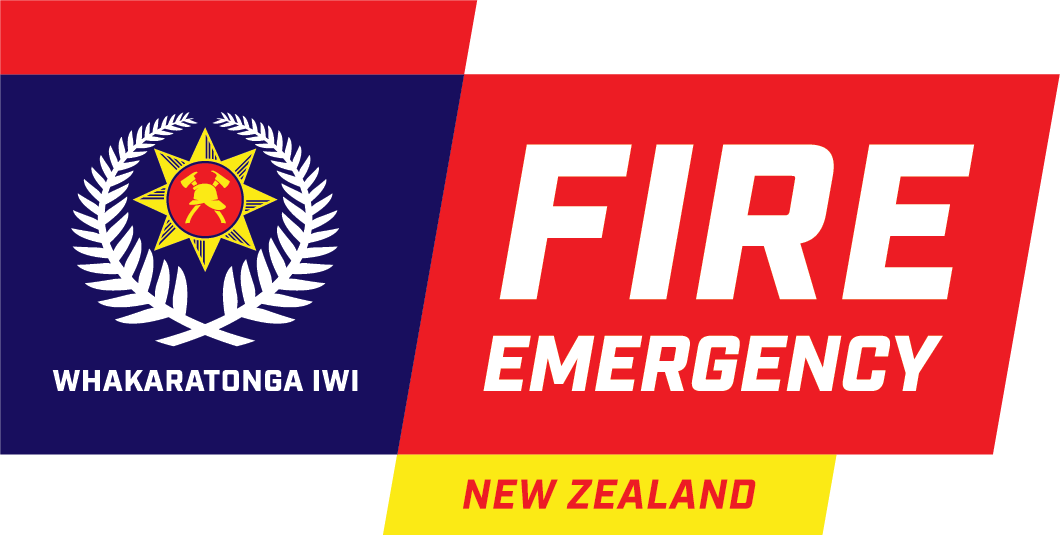St Arnaud taking charge of community preparedness
Located on the edge of the picturesque Nelson Lakes National Park, St Arnaud has a full-time population of around 250 residents which increases over the summer months to about 2,000 people.
The community has limited access in and out of the village with only one single lane road both ways and only the Lake Rotoiti Volunteer Fire Brigade as the sole emergency service. The brigade has identified that both the village itself as well as the surrounding area could be at risk in the event of a fire.
In 2020, the Department of Conservation, Lake Rotoiti Volunteer Fire Brigade and the local community came together to establish the Rotoiti FireSmart Working Group and were given permission to form a ‘Green Firebreak’ alongside an important access road to thin out the highly flammable vegetation, kanuka and manuka, remove all dead fuel, and replant with low flammability species. In addition, the brigade introduced a revised evacuation plan, along with fire safety advice and free ash buckets, and several other initiatives to reduce risk and build preparedness.
‘We don’t want to see this beautiful place destroyed. A firebreak is an opportunity to create a defensible space to slow a fire,’ says Darren Crawford, Senior Advisor, Community Readiness and Recovery.
‘The community really lead a lot of this themselves, and that’s been a big part of its success’.
By using a case study like this, the Community Readiness and Recovery Directorate hopes to inspire people to think about their readiness and take action to protect themselves and their communities.
If you’d like to use the video, or to find out more about the community readiness and recovery space and see how we can help with building community readiness and recovery into your planning, email CRR@fireandemergency.nz
Thanks to Lake Rotoiti Volunteer Fire Brigade, Nelson Marlborough District Team, the Department of Conservation, Pacific Discovery, and the St Arnaud community for helping create the video.
